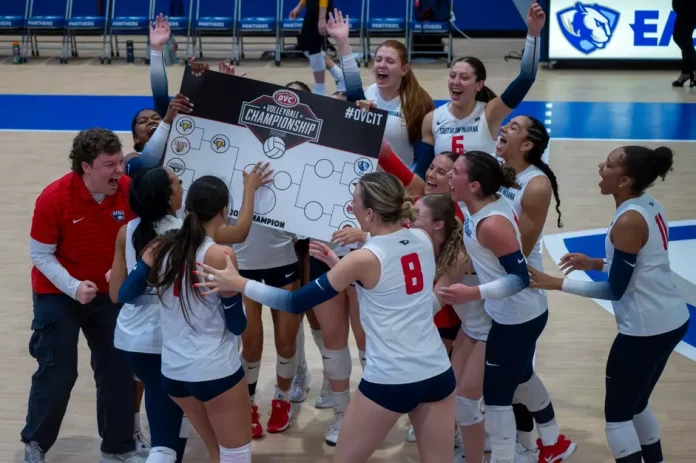EVANSVILLE, Ind. – After defeating IU Indy in their home opener last Thursday, the University of Evansville women’s basketball team returns to the floor on Tuesday, taking on SIUE in Edwardsville, Ill. Tip-off is set for 6 PM.
Series History
– Tuesday marks the sixth meeting all-time between Evansville and SIUE
– SIUE leads the all-time series 3-2
– The Aces and Cougars met last season in Evansville, with UE taking an 87-74 win
– Camryn Runner scored 21 points in the game and broke UE’s single game record with 16 made free throws
– Evansville is looking for their first ever win in Edwardsville, having lost in their previous two trips
Picking Up Where She Left Off
– After being crowned as the MVC Freshman of the Year last season, Camryn Runner has continued to impress through five games as a sophomore
– In last week’s win over IU Indy, Runner scored a game-high 25 points to go with seven rebounds, seven assists, and a career-best five steals
– Runner has scored in double figures in four of five games to start the season and is one of two MVC players with two games scoring 25-plus points
– Runner is also one of two MVC players to average 17-plus points per game and 6-plus rebounds per game, averaging 17.0 ppg and 6.4 rpg
Three-Point Threat
– Logan Luebbers Palmer has emerged as one of the top three-point shooters in the Missouri Valley Conference this season
– Through five games, Luebbers Palmer is second in the Valley with 15 three-point field goals
– Luebbers Palmer ranks sixth in the conference in three-point percentage, shooting 38.5% from deep
– The sophomore enjoyed a career night in the win over IU Indy, setting a career-high with 23 points on 6-for-11 shooting from three-point range
Scouting the Opponent
– SIUE brings a 3-2 record into Tuesday and split a pair of games last week, beating Indiana State before falling to Northern Illinois
– Last season, the Cougars went 6-23 with a 4-16 mark in OVC play
– KK Rodriguez leads the Cougars in scoring with 13.2 ppg











